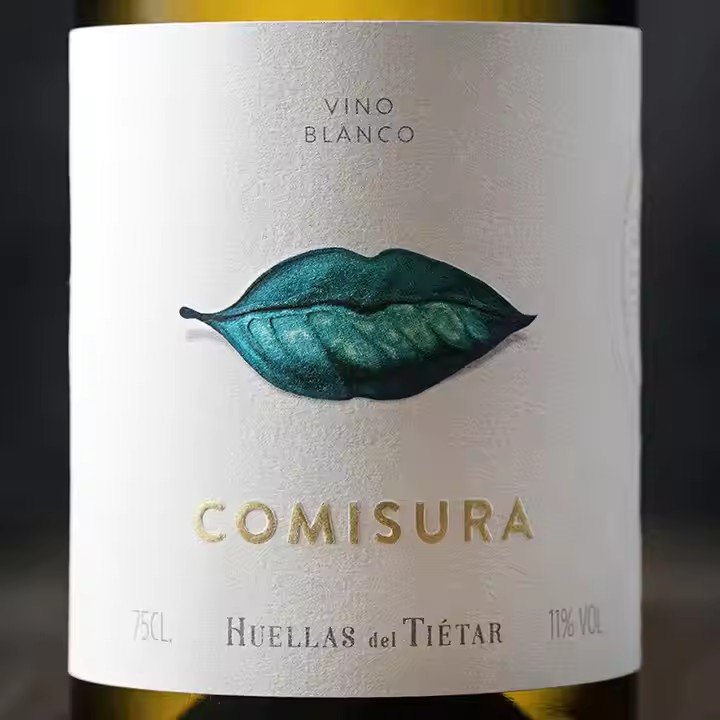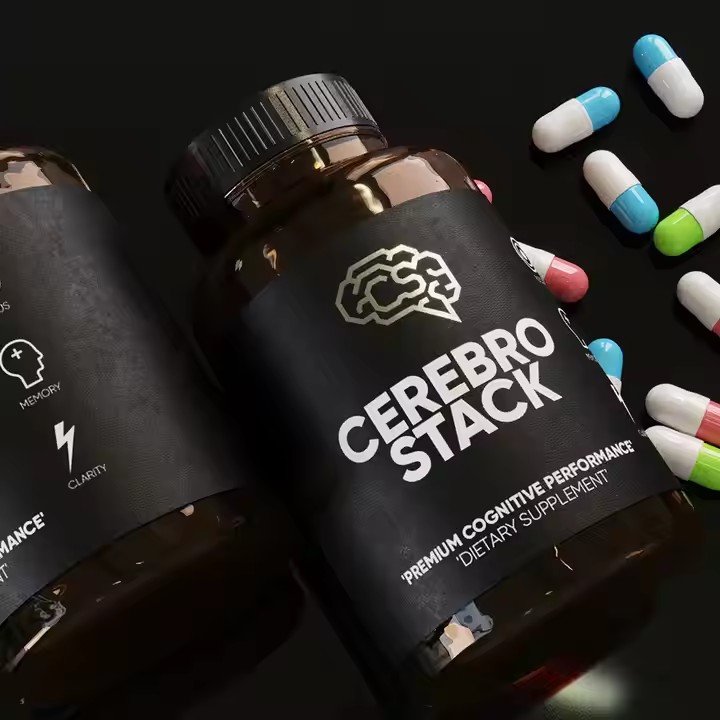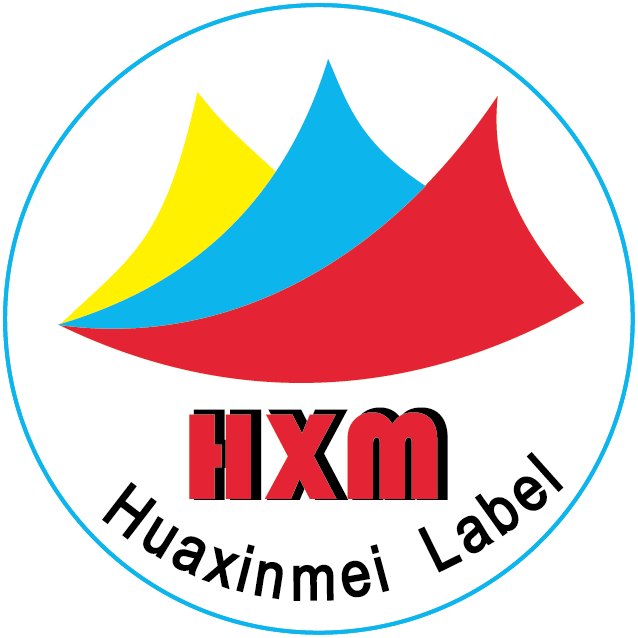- Core Principles of Material Selection: Function First, Tone Matching
The use scenarios of perfume white labels are highly specific — they are in long-term contact with glass bottles (often exposed to condensation), must resist the chemical effects of volatile perfume components (such as alcohol and essential oils), and serve as a medium to convey brand texture through both visual and tactile experience.
Therefore, the material selection must follow two core principles:
Functional Adaptability:
The material must possess fundamental properties such as chemical resistance, moisture resistance, high print clarity, and strong adhesion. These prevent fading, wrinkling, or peeling caused by perfume ingredients or humid environments.
Brand Tone Alignment:
The texture of the material — including gloss, grain, and touch — must correspond to the perfume’s market positioning.
For high-end niche or salon perfumes, rare and textured materials convey a sense of luxury.
For mass-market commercial fragrances, cost-effective yet high-quality materials achieve standardized presentation.
For independent or artisanal brands, distinctive materials help create memorable, differentiated impressions.

- Material Selection by Market Positioning: Precise Adaptation from Luxury to Mass Market
Perfumes of different market tiers require distinct material strategies. By balancing cost, texture, and performance, a tiered solution can be formed.
(1) High-End Salon / Luxury Perfumes: Using Rare Materials to Express “Ultimate Luxury”
For premium perfumes (typically priced above RMB 1,000), the core competitive edge lies in brand value and experiential quality.
The white label material should visually and tactilely embody luxury, prioritizing materials that feel rare and handcrafted.
- Specialty Art Paper (Textured or Processed Types)
This is the mainstream choice for high-end perfume labels, using the paper’s natural texture to convey a handmade aesthetic.
Cotton Fiber Art Paper:
Contains over 30% natural cotton fibers, with a delicate fibrous texture and a soft, warm touch.
Unlike smooth coated paper, it has a matte, desaturated color effect that naturally expresses a vintage sophistication.
Ideal for brands such as Jo Malone or Penhaligon’s.
Works well with silver or black hot stamping to enhance refinement.
Embossed Art Paper:
Created through mold embossing to form relief-like textures (leather grain, brocade pattern, water ripple, etc.).
It provides both visual depth and tactile variation.
For instance, Chanel No. 5 Limited Edition once used embossed leather-pattern paper to echo the brand’s signature leather elements — achieving unity between bottle, label, and brand DNA.
Notes:
Art papers should be printed using water-based eco-friendly inks to preserve texture and avoid over-saturation.
A matte waterproof coating is recommended to prevent moisture distortion from perfume vapors.
- Metallic Foil Composite Paper (Aluminum / Copper Base)
Ideal for brands seeking a cold, refined sense of luxury. The contrast between metallic luster and white base creates an understated but high-class visual tone.
Aluminum-Foil Composite Cardstock:
Features a metallic aluminum base with a white top coating.
Printed areas appear matte white, while exposed edges retain a metallic silver finish — creating a sophisticated white-silver contrast.
Suited for brands like Tom Ford or Kilian that emphasize “dark luxury.”
Laser engraving can be added to create intricate hollow patterns for enhanced precision.
Advantages & Limitations:
Metallic materials resist chemicals and humidity extremely well, maintaining color stability during long-term contact with perfume.

However, costs are high (5–8× that of regular cardstock), and processing difficulty limits it to small-batch luxury customization.
- Micro Leather / Velvet Composite Materials
These materials break away from traditional paper categories, focusing on tactile differentiation to enhance memorability.
Micro Leather Labels:
Made from 0.3 mm PU micro-leather printed with white leather ink.
It mimics genuine leather’s feel, ideal for brands like Hermès or Loewe that already have leather product lines — achieving cross-category material synergy.
Velvet-Coated Labels:
Feature a fine velvet surface on a white base, offering a soft, matte appearance.
Suitable for feminine, elegant fragrances like Guerlain’s Orchidée Impériale series.
However, velvet attracts dust easily and has low abrasion resistance — making it best suited for displayed, limited-edition gift bottles.
(2) Mass-Market Perfumes: Cost-Effective Materials for “Standardization and Practicality”
For mass-market perfumes (typically priced between RMB 200–800), the priorities are cost control, large-scale production, and functional stability.
White label materials must strike a balance between price and perceived quality, emphasizing print adaptability and durability.
- High-Weight White Cardstock (250–350 gsm)
This is the optimal solution for commercial perfumes, offering both a premium look and cost efficiency.
High Rigidity:
Cardstock over 250 gsm maintains excellent stiffness, preventing curling or deformation after application to glass surfaces.
Excellent Print Compatibility:
The smooth surface supports offset and screen printing, ensuring crisp reproduction of complex graphics such as logos and ingredient lists.
The high color saturation makes it ideal for brands like L’Oréal or Olay.
Applying a gloss or matte lamination further improves abrasion resistance and moisture protection.


